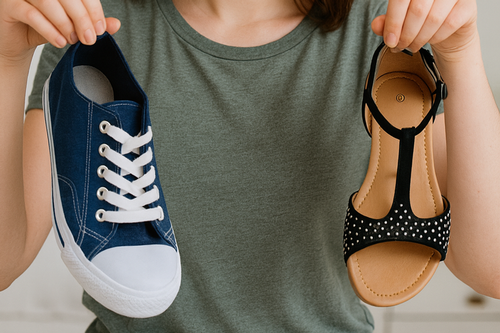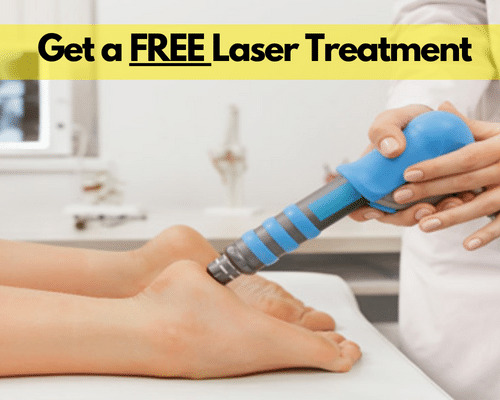When a child or teenager suffers a foot or ankle injury, prompt evaluation by a skilled podiatrist is needed to rule out damage to podiatric growth plates and facilitate proper healing. Left untreated, growth plate injuries can cause permanent damage or even stunt bone growth. Here's what you need to know about these concerning injuries, including how Massapequa Podiatry Associates can provide the high-level podiatry care your child needs to recover and return to their favorite activities.

Growing Bones
Children's bodies don't reach skeletal maturity until well into the teen years (usually between 11-13 for girls and 14-16 for boys). Until then, their bones are soft and malleable, with masses of cartilage known as growth plates (or epiphyseal plates) at either end. These cartilage cells multiply to extend the length of the bone before hardening into mineralized bone cells.
As the weakest part of the bone, growth plates are subject to injury. Without professional podiatric care, the damage to the epiphyseal plates could solidify and become permanent, resulting in chronic pain. Untreated growth plate injuries can also disrupt or stunt bone growth.
Common Causes of Podiatric Growth Plate Injuries
Pediatric growth plate injuries to the feet and ankles can be caused by traumas such as falls, car accidents, or sports injuries. They're particularly common among young athletes who play competitive sports or participate in recreational activities that involve repetitive movements such as gymnastics. However, growth plate injuries can also be caused by infections in the bone, exposure to extreme cold, certain childhood cancer or arthritis treatments, and they can also be related to neurological or musculoskeletal disorders that cause sensory deficits or muscular imbalances.
Sports and recreational activities associated with pediatric growth plate injuries include:
- Track
- Soccer
- Football
- Basketball
- Baseball
- Softball
- Biking
- Running or jogging
- Skateboarding
- Rollerblading
- Gymnastics
Epiphyseal Plate Injury Signs and Symptoms
Growth plate injuries cause symptoms that are the same or similar to those caused by other common podiatric injuries such fractures or severe sprains. This makes prompt evaluation by a knowledgeable and experienced podiatrist absolutely essential. Common signs and symptoms include:
- Severe pain
- Swelling
- Bruising
- Difficulty standing and bearing weight
- Visible deformity of the injured limb
- Persistent soreness or stiffness in the affected foot
- Reluctance to play, run, or participate in sports or recreational activities
While these symptoms often occur after an acute injury to the affected foot, ankle, or lower leg, they can also be caused by overuse. As a result, children with these symptoms should see a podiatrist, even if they haven't suffered a recent injury.
Diagnosis and Treatment
Diagnosing growth plate injuries can be difficult. After conducting a thorough physical examination, podiatrists often use diagnostic tools such as X-rays, MRIs, CT scans, and ultrasounds to gather the information they need to make the diagnosis. Treatment options depend on a number of factors, including the severity of the injury and the age of the child. Recommendations may include:
- Elevating and icing the affected foot or ankle
- Resting the foot or ankle for extended periods to prevent overuse
- Stretching and strengthening exercises
- Immobilizing the affected foot or ankle with a cast or walking boot
- Manipulating the bones back into position by hand
- Performing surgery on the damaged growth plate
- Regular follow-up visits to ensure proper healing and bone growth
Set Your Child's Feet and Ankles on a Path to Podiatric Health
The bones in children's feet are particularly prone to injuries, including growth plate damage, and these injuries can have lifelong consequences on your child's mobility. Don't let your child shrug off an injury or push through the pain. Bring them in for an evaluation, so our highly skilled podiatrists can determine if treatment is necessary. Partner with us to set your child's feet and ankles on a path to good health. Contact us through our online form, or call our Long Island office at 516-541-9000 (or 877-674-7422) to schedule an appointment. For more information on common podiatric conditions and treatments, browse our FAQs.
|
Related links: |



